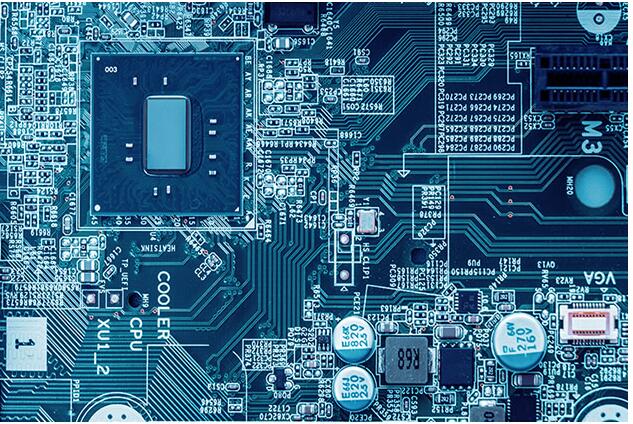Wetting effect of liquid solder in PCB assembly soldering
The wetting effect of liquid solder in PCB assembly soldering will be briefly introduced by Baiqiancheng Electronics. In the PCB assembly soldering process, only when the molten liquid solder diffuses on the metal surface, the metal atoms can approach freely. Therefore, wetting the surface of the weldment by the molten solder is the primary condition for diffusion, dissolution and formation of the bonding layer. This is also the most easily overlooked link in daily SMT processing detail control.
(1) Wetting conditions
1. The liquid solder has a good affinity with the base material and can be dissolved with each other. The degree of mutual solubility between liquid solder and base metal depends on the lattice type and atomic radius, so wetting is an inherent property of the substance;
2. The surface of liquid solder and base metal is clean, free of oxide layers and contaminants. The clean surface brings the solder close to the base metal atoms, creating gravity (wetting force). When there is an oxide layer and other contaminants between the solder and the metal to be soldered, it will hinder the free access of metal atoms and cannot produce a wetting effect. This is one of the reasons for virtual soldering in chip processing.

(2) Factors affecting wettability
1. Surface tension. In a system where different phases coexist, due to the different forces between the molecules in the phase interface and the molecules in the bulk phase, the phenomenon that the phase interface always tends to the smallest is called surface tension.
For example, in a glass of water (see picture), since the molecules inside the liquid are symmetrical by the forces of the surrounding molecules, the effect is cancelled and the resultant force is zero. The attraction of molecules in the liquid to molecules on the liquid surface is greater than atmospheric molecules, so the liquid surface tends to shrink to a minimum.
Wetting is the force of liquid, which overflows on the solid surface; surface tension is the force of liquid shrinking on the solid surface. The direction of surface tension is opposite to the wetting force, so the surface tension is not conducive to wetting. The molten solder will also automatically shrink to the minimum surface tension of the metal surface. Therefore, the degree of wetting of the molten solder on the metal surface is related to the surface tension of the liquid solder.
2. Viscosity. Viscosity is directly proportional to surface tension. The greater the viscosity, the worse the fluidity of the solder, which is not conducive to wetting.
3. The composition of the alloy. The viscosity and surface tension of different alloys vary with the alloy composition ratio. The viscosity and surface tension of Sn-Pb alloy are closely related to the composition of the alloy.
4. Temperature. Increasing temperature can reduce viscosity and surface tension. Therefore, through the above analysis, we can understand that the liquid state solder wetting in the PCB assembly soldering process plays a very important role, so SMT processing plants still need to pay close attention to this detail.
Well, the above is the wetting effect of liquid solder in PCB assembly soldering introduced by Baiqiancheng Electronics. Follow us to learn more PCBA information.